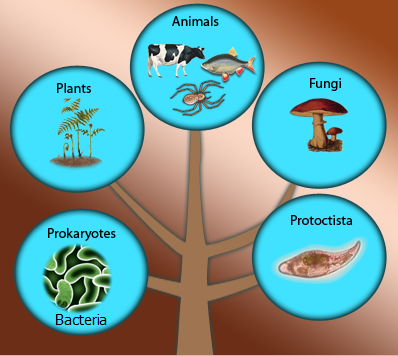
The five kingdom classification is a system of classification used to classify all living things into five broad categories: Animalia (animals), Plantae (plants), Fungi (fungi), Protista (protists), and Monera (bacteria). Within each of these five kingdoms are further sub-divisions that can be used to further classify organisms.
Possible applications of the five kingdom classification include:
1. Identification and cataloging of organisms: The five kingdom classification can be used to identify different organisms and classify them into their respective kingdom. This can be helpful in cataloging different types of organisms and understanding their roles in the environment.
2. Understanding of evolutionary relationships: By understanding the relationships between different organisms within the five kingdom classification, scientists can gain insight into evolutionary relationships between different species.
3. Taxonomic research: Taxonomic research is the study of the classification and naming of organisms. By using the five kingdom classification, researchers can more easily identify and categorize organisms.
4. Conservation efforts: Understanding the five kingdom classification can help inform conservation efforts and protect threatened species. By understanding which organisms are related, conservationists can better understand the needs of species and develop strategies to protect them.
Five kingdom classification,Taxonomy,Identification,Organisms
